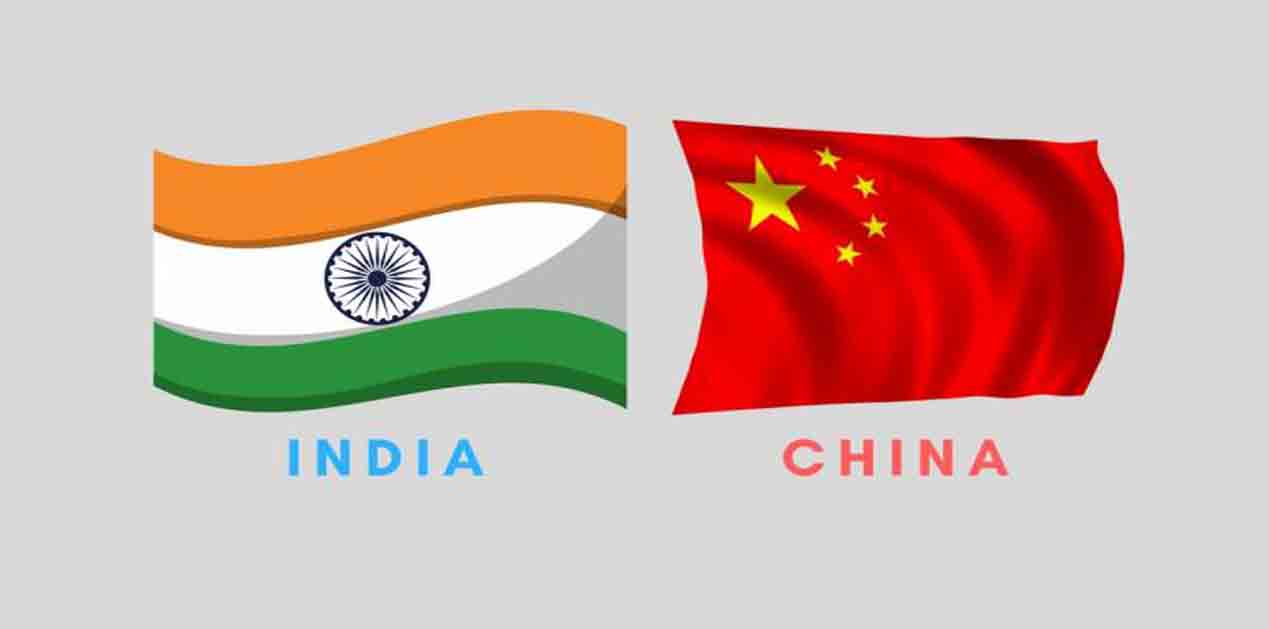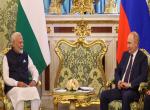Last month, a multi-think tank delegation visited China to interact with Chinese think tanks on the current state of India-China relations and the way forward. Among many other issues the Chinese experts and scholars were very keen to discuss and analyze India’s Act East Policy. Though it was explained to them that India’s Look/Act East Policy predated many of the other countries’ policies in the South East Asian region and its goals were to restore India’s traditional linkages with its immediate as well as extended neighbourhood, yet they were inclined to believe that it had significant strategic content and connotations.
Thus, within China there have been apprehensions and also concerns with regard to India’s Act East Policy - the successor to the much celebrated Look East Policy. The skepticism is because of the nomenclature of the policy which has transited from ‘Look’ to ‘Act’. Further, Chinese scholars are of the view that India’s increasing interactions in its periphery as well as strategic partnerships with Korea, Japan and Australia might be the blueprint for larger trans regional ambitions. Chinese scholars’ view indicates that there is less knowledge about the contours of India’s Act East Policy and how it will configure in the larger geo-political dynamics.
A larger discourse within China is merging with regard to the possible cooperative mechanisms and areas where the two countries, India and China, can work together, outlining the possible areas of cooperation in multilateral forums such as G-20, BRICS and also developing better understanding in Asian Infrastructure Investment Bank (AIIB) and the New Development Bank (NDB).
China is celebrating the four decades of reforms and the Chinese Communist Party is looking for furthering this reform momentum through extensive reforms in services, banking and trade industry. Chinese scholars are of the view that Southeast Asia can be the unique melting pot for the two countries to cooperate. Earlier also it was the fusion of the two cultures which was witnessed in the South China Sea when parts of mainland Southeast Asia were known as Indo-China.
Chinese scholars of different think tanks such as China Institute for International Studies, Chinese Peoples Institute for Foreign Affairs as also the China Institute of South China Sea, Haikou, Hainan, acknowledge the fact that there have been decades of mistrust but the momentum which has been attained in the aftermath of the Wuhan Summit needs to be consolidated. The suggestions which came from Chinese scholars outlined the ways in which the trust can be built and this included more efforts in complementary sectors such as steel, pharmaceuticals, cement and other core industries. The Chinese scholars acknowledged that there is need for freedom for the traders form both sides. Chinese acknowledged that for China, India is a holy land and the land of Buddha full potential of which is yet to be explored in terms of tourism, people to people interaction etc. The two countries can also work together in Sri Lanka and Afghanistan.
The Chinese scholars admitted that Southeast Asia can become the major hub for India-China cooperation once the negotiations for Regional Comprehensive Economic Partnership (RCEP) are concluded and the agreement signed. China and India have millions still living in poverty. The two countries had friendly relations in the past but in recent times there have been unpleasant instances of confrontation particularly in the border areas. The two countries can work together not only in each other’s countries but also work together in peripheral regions such as Cambodia, Laos, Myanmar and Vietnam (CLMV) countries and the developing Special Economic Zones. By trade and investment focused in select sectors, technical support and scientific research, Intellectual Property Rights (IPR) issues and developing infrastructure to support services and manufacturing sector, India can emulate examples from developing provinces in China such as Guangzhou and Hainan. Further, China’s Belt and Road Initiative (BRI) and Act East Policy can develop synergies in the Southeast Asia as there are multiple projects that Chinese have undertaken in the region. However, India’s objections to China Pakistan Economic Corridor due to sovereignty issues was re-emphasized.
Chinese scholars have acknowledged the fact that China is under pressure in terms of over-capacity and under-utilization, and debt issues which might mar the economic growth in the country. China is entering the tertiary phase of development, its services industry has grown and now comprises more than 51 per cent of the economy. E-commerce has triggered consumption phase and China is now not a shortage economy. Even consumption pattern in services has increased to the tune of 45 per cent and annual growth is 0.5 per cent. China’s annual service trade has now reached 1 trillion dollars.
India and China should move towards focusing their efforts in regions such as Southeast Asia in sectors such as education and medical services because the manufacturing sector in the developing regions is fast reaching a saturation point and the way forward is in the service sector. The two countries can work in cloud technology, artificial intelligence, scientific research, agriculture, developing energy efficient technologies and also in space.
Outlining these common objectives, many Chinese scholars were concerned with regard to India’s developing partnership with Vietnamese and the Indian ships’ regular visits to the South China Sea. They however, acknowledged that India is not fomenting trouble in South China Sea. According to the Chinese perspective, US allies Japan and Australia and the US ships and surveillance aircrafts have been regularly conducting sorties thereby escalating tension.
China has expressed interest in working with India in Myanmar, Laos, Cambodia and other regions where the complementariness can be explored. However, to meet such cooperative objectives there is a need for greater understanding and knowledge about India’s Act East policy which to many Chinese scholars is not very clear in terms of India’s geo-political, defence, trade and economic interests in the larger Southeast Asia. They firmly believe that the horizons of Act East policy have expanded ‘beyond the Southeast Asian region’.
Dr. Pankaj Jha, Asst. Professor Jindal School of International Affairs.
Image Source: https://static-news.moneycontrol.com/static-mcnews/2017/08/dazzle-770x433.jpg











Post new comment